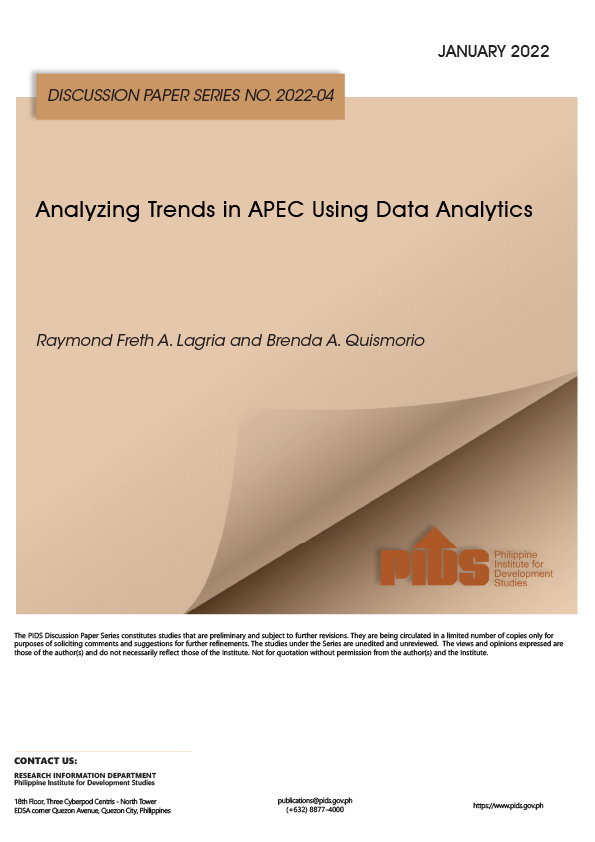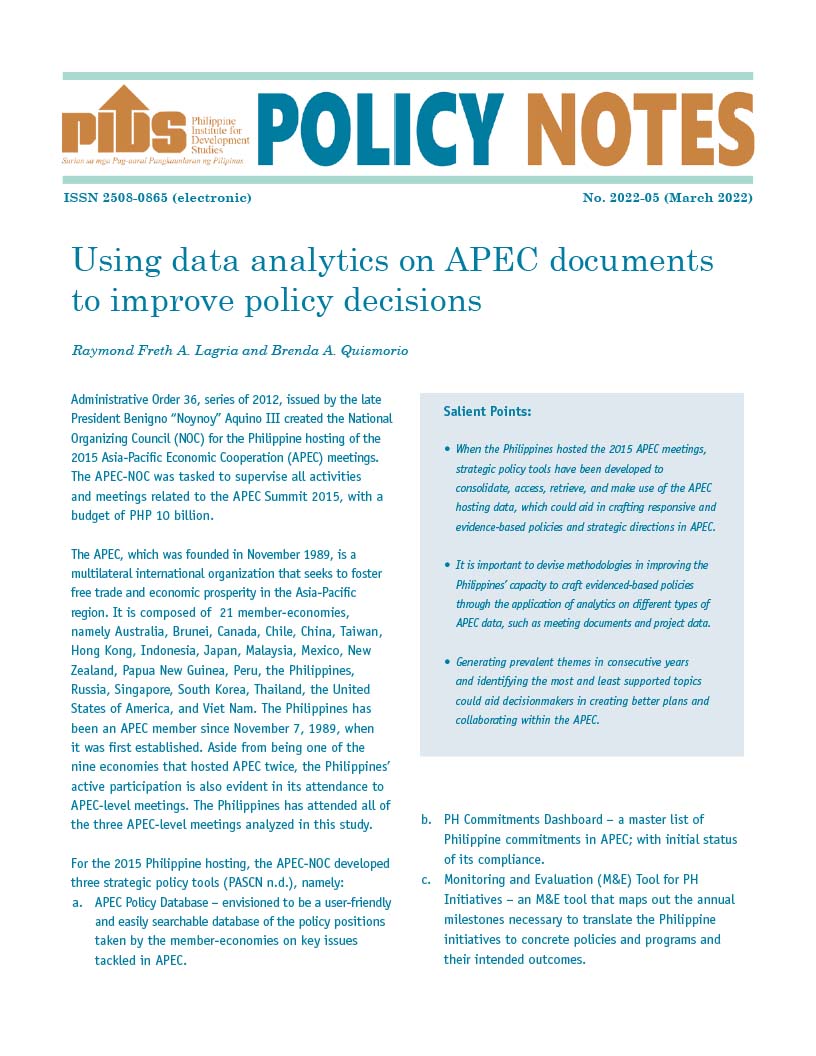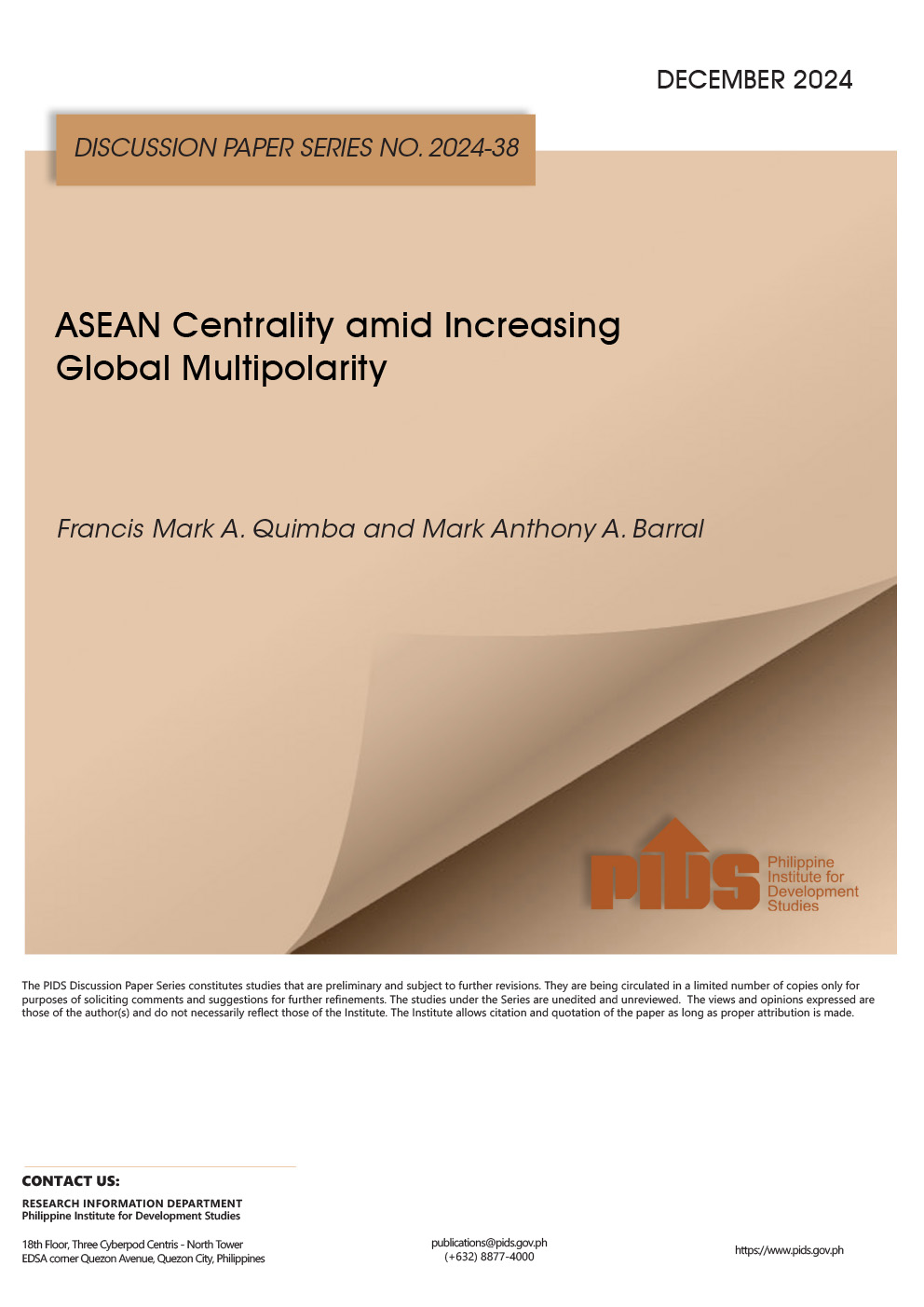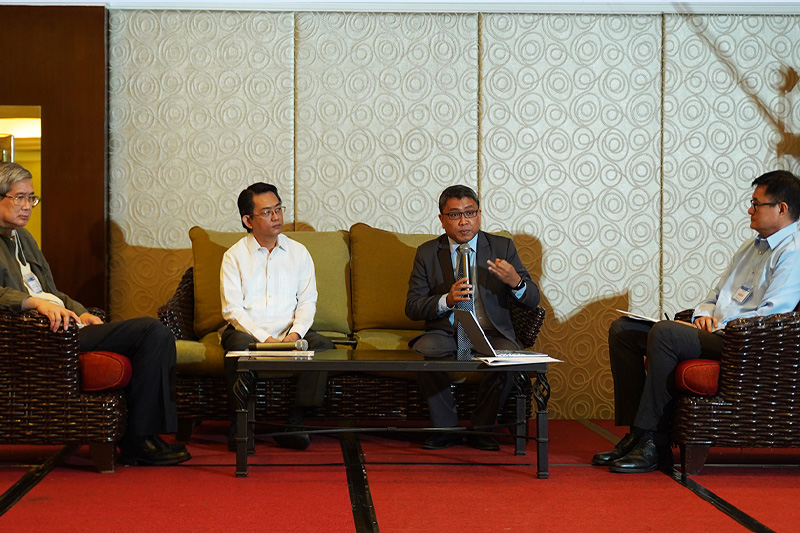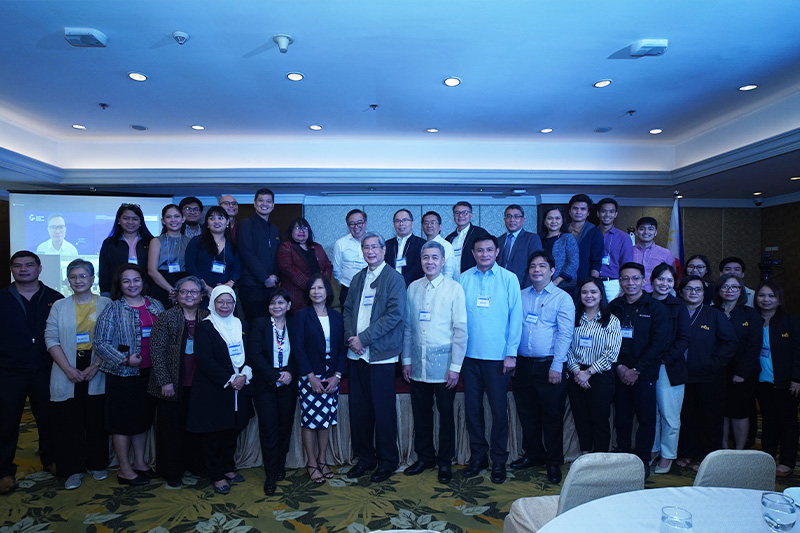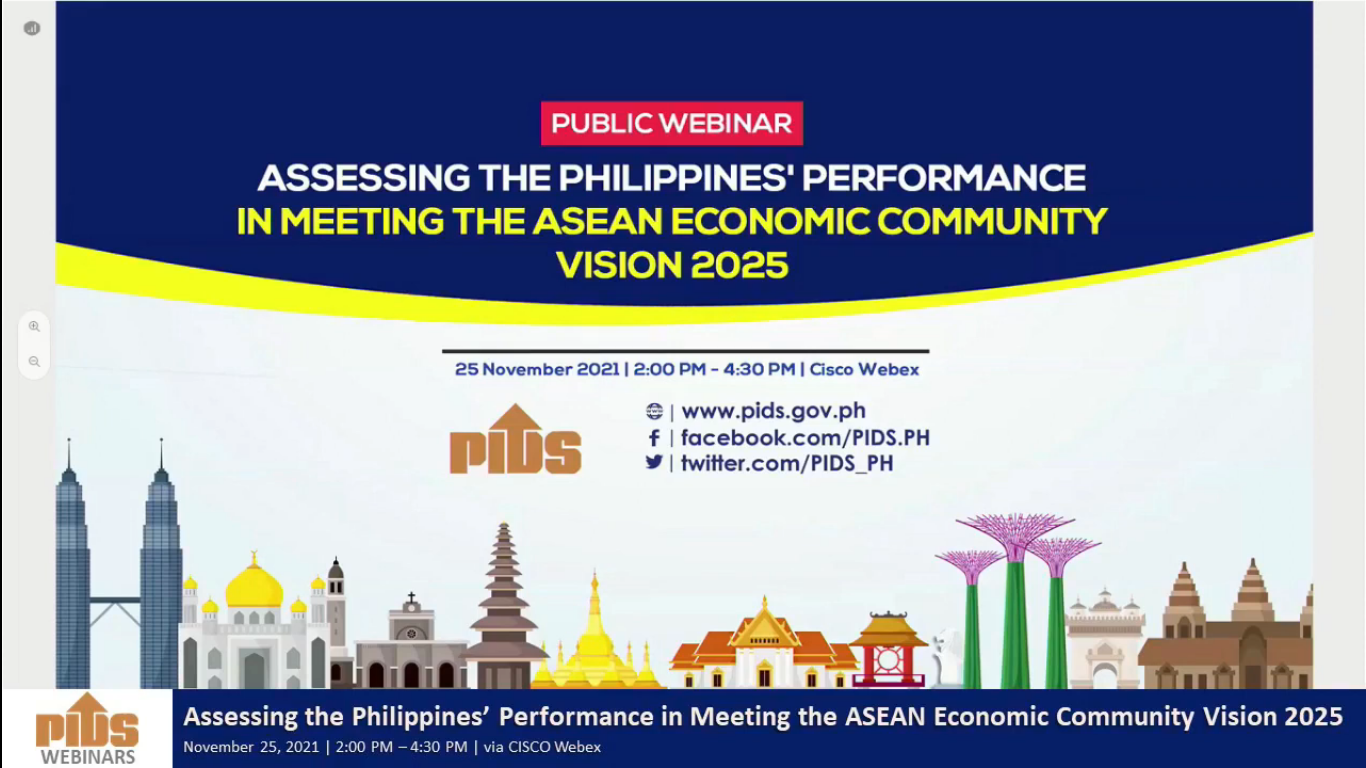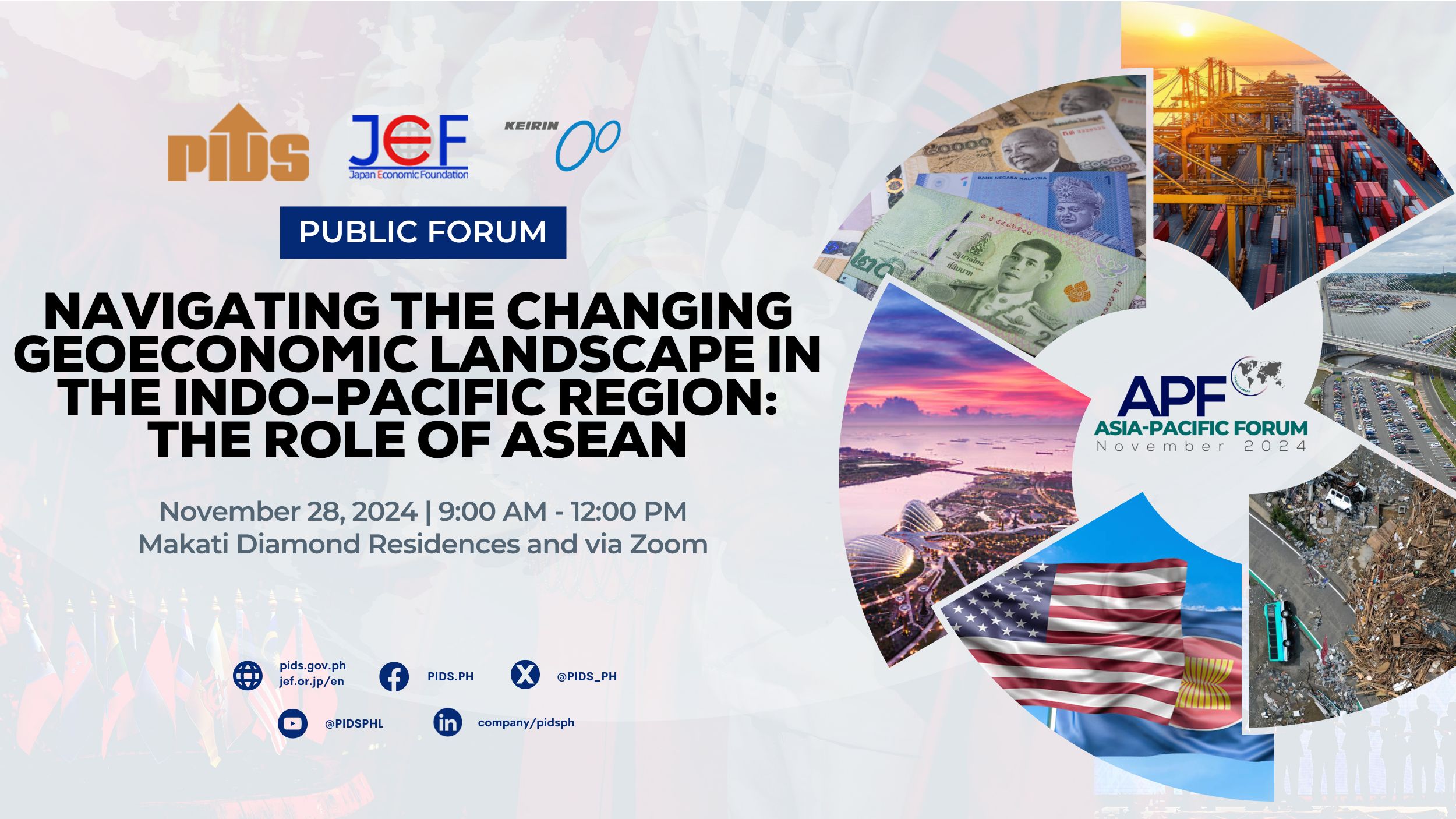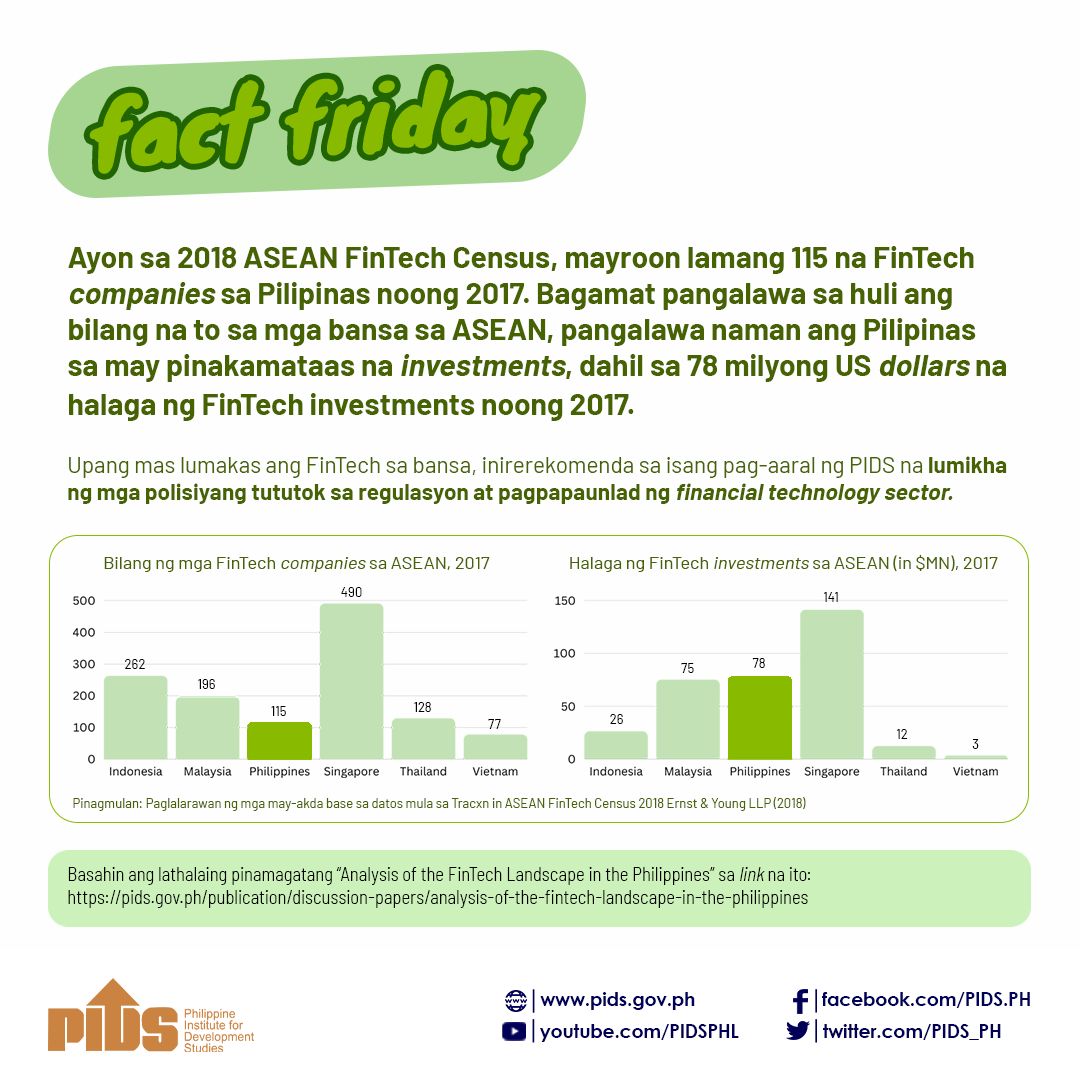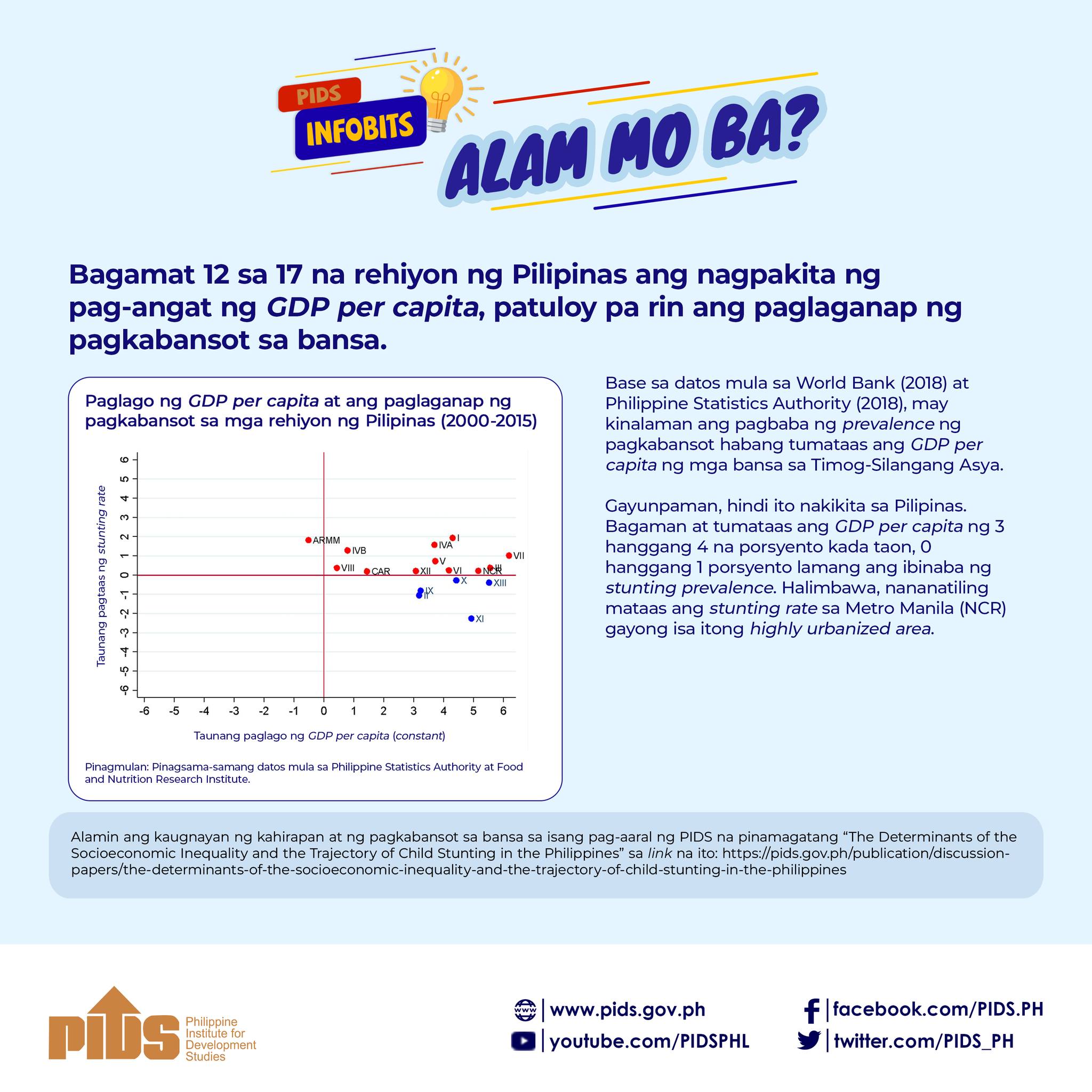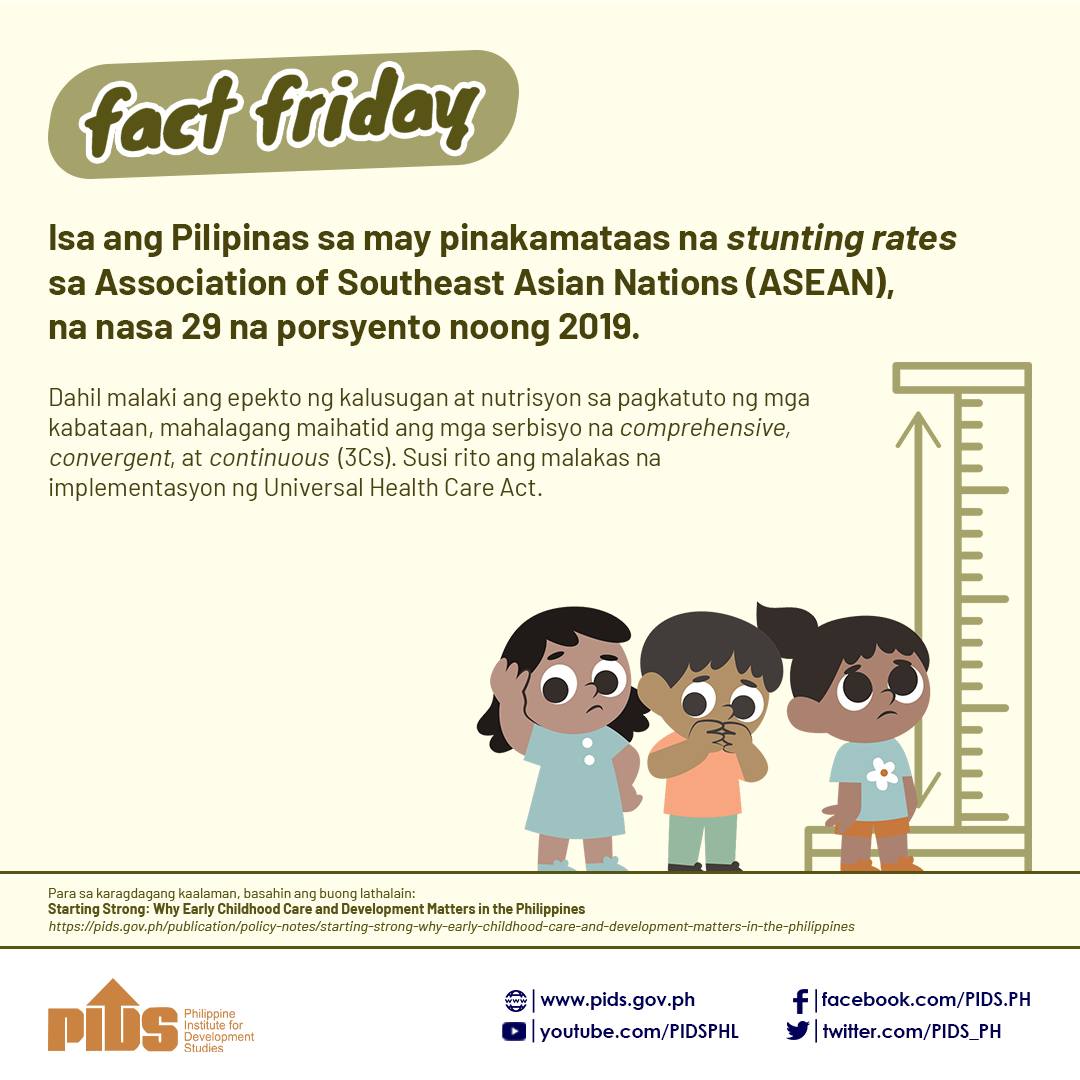Association of Southeast Asian Nations (ASEAN) members must avoid the so-called silo mentality and adopt a whole-of-government approach to move forward and achieve the ASEAN Economic Community (AEC) Blueprint by 2025.
This was according to Assistant Director Glenda T. Reyes, head of the AEC Department’s Monitoring, Surveillance and Coordination Division of the ASEAN Secretariat, during a webinar recently organized by state think tank Philippine Institute for Development Studies (PIDS) featuring the study “How Does the Philippines Fare in Meeting ASEAN Economic Community Vision 2025?”.
Reyes noted that a coordinated approach is necessary to enhance the region’s participation in the global value chain (GVC).
“The key to enhancing participation in GVC (is the) successful implementation of the related elements under the different characteristics of the AEC blueprint. Thus, beyond trade facilitation, we should also pay attention [to] improving competitiveness, ensuring competitive services industry, attracting productivity, boosting investment, promoting innovation, developing human capital, and building local and senile industries,” she explained.
Reyes added ASEAN and AEC sectoral bodies, as well as member-states like the Philippines, could draw lessons from the Mid-Term Review (MTR) report, which assessed the implementation of the AEC Blueprint 2025.
The Blueprint aims to achieve the vision of having an AEC by 2025 that is highly integrated and cohesive; competitive, innovative, and dynamic; with enhanced connectivity and sectoral cooperation; and a more resilient, inclusive, and people-oriented, people-centered community, integrated with the global economy.

